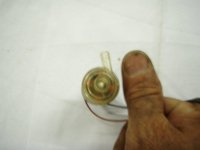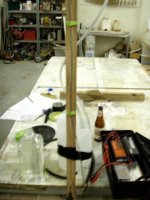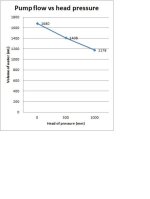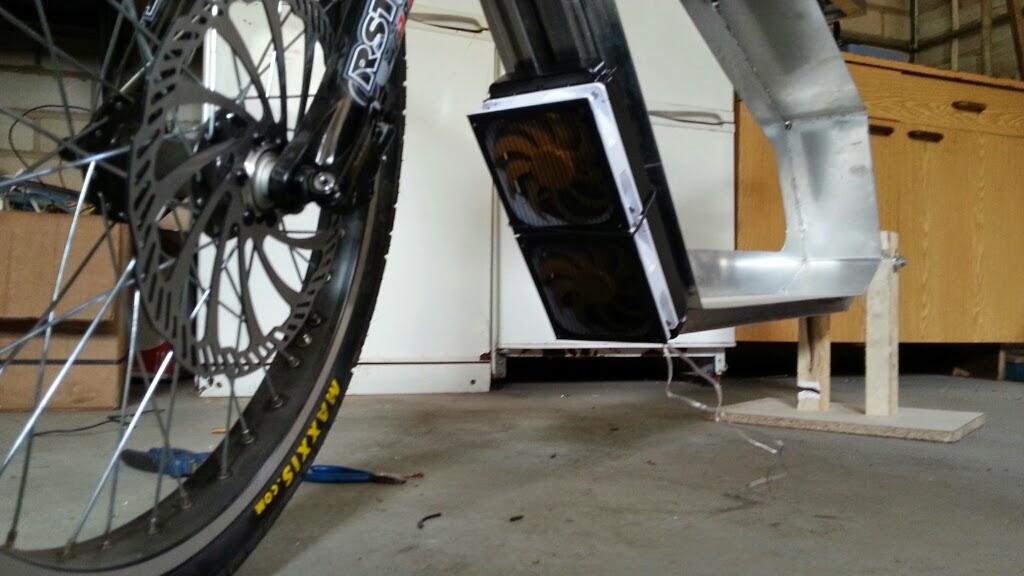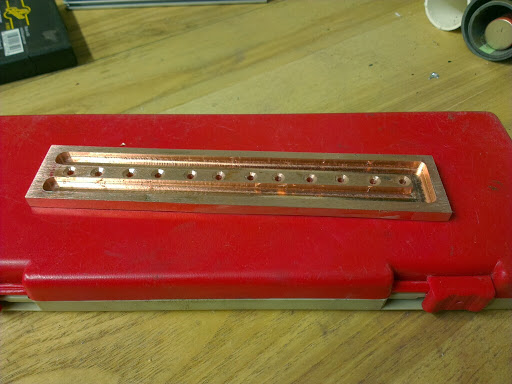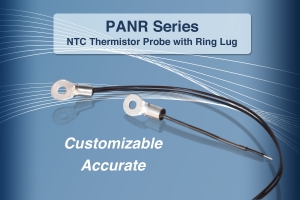As some of the overclockers are looking for higher power density but are just running in to the motors thermal limitations, or if your dirt bike mates mock you ozone smell after attempting the first local big widow maker hill, or your just pumping way too many amps into the the crap motor you happen to love torturing. I thought something like this with a suitable radiator might help to prolong its pain. I did a quick test with my meanwell and icharger set to 12 volts and it pulled about .25amps or 3 watts total, it is a brushless coffee machine pump and all the parts are potted in clear it is very small, it weighs only 25 grams and is virtually silent when running.
http://www.ebay.com/itm/DC-12V-Mini-Electric-Water-Coffee-Pump-24-GPH-P-25A-/260895901599?ssPageName=ADME:L:OU:AU:3160
http://www.ebay.com.au/itm/ws/eBayISAPI.dll?ViewItem&item=120974391787&ssPageName=ADME:L:OU:AU:3160
I haven't got the answers on how to help you liquid cool your megawatt crystalyte hub or roasted rc bike you just have to use your imagination. But 1.2 liters of water a minute can remove a lot of heat!
Splinter oz put me on to this (i wonder what its for?) Thanks
Zappy
http://www.ebay.com/itm/DC-12V-Mini-Electric-Water-Coffee-Pump-24-GPH-P-25A-/260895901599?ssPageName=ADME:L:OU:AU:3160
http://www.ebay.com.au/itm/ws/eBayISAPI.dll?ViewItem&item=120974391787&ssPageName=ADME:L:OU:AU:3160
I haven't got the answers on how to help you liquid cool your megawatt crystalyte hub or roasted rc bike you just have to use your imagination. But 1.2 liters of water a minute can remove a lot of heat!
Splinter oz put me on to this (i wonder what its for?) Thanks
Zappy


